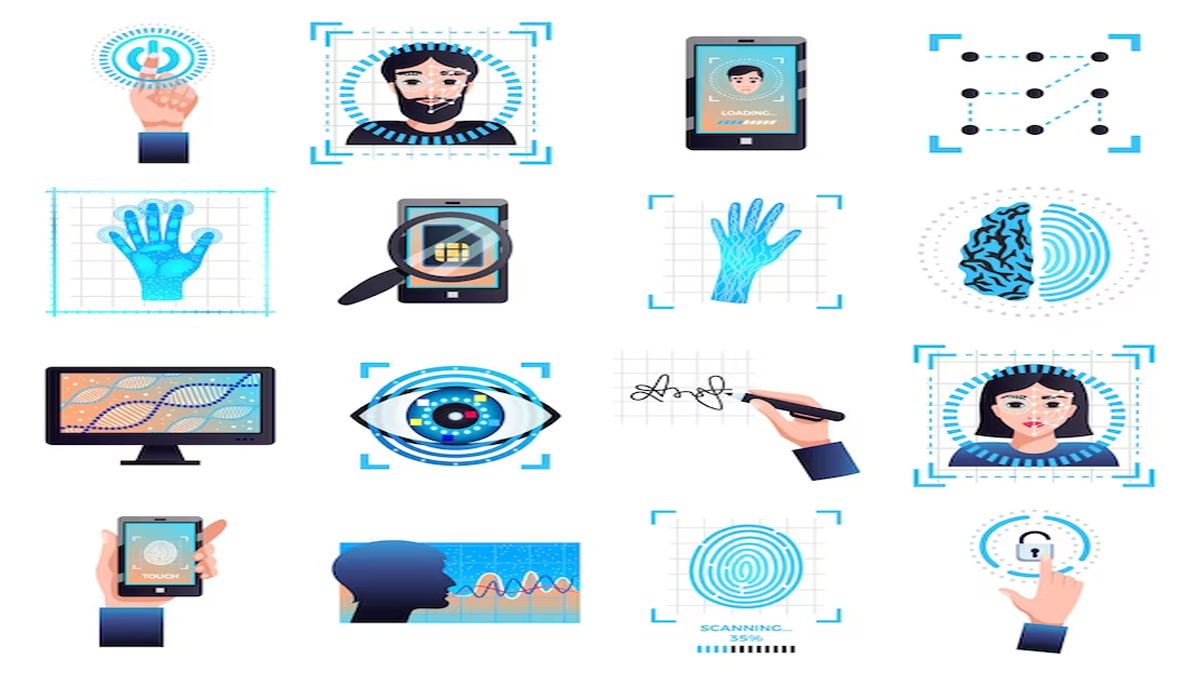The collection and use of biometric data have raised several legal implications due to their potential impact on privacy, security, and individual rights. Here are some key legal considerations related to biometric data:
1. Privacy Laws:
Many jurisdictions have enacted privacy laws that regulate the collection, storage, and use of personal data, including biometric information. These laws often require informed consent for data collection, specify the purposes for which the data can be used, and mandate appropriate security measures to protect the data from unauthorized access or disclosure.
2. Informed Consent:
Biometric data collection typically requires informed consent from individuals whose data is being collected. Consent should be obtained in a clear and transparent manner, providing individuals with information about the specific types of biometric data being collected, the purposes for which it will be used, and any third parties with whom the data may be shared.
3. Data Security:
Biometric data is highly sensitive and requires robust security measures to prevent unauthorized access, use, or disclosure. Organizations that collect and store biometric data are typically required to implement appropriate technical and organizational safeguards to protect against data breaches and ensure the integrity and confidentiality of the data.
4. Data Breach Notification:
In the event of a data breach that involves biometric data, organizations may be required to notify affected individuals and relevant authorities. The notification requirements vary across jurisdictions but are generally aimed at enabling individuals to take necessary actions to protect themselves from potential harm.
5. Retention and Deletion:
Laws and regulations often impose restrictions on the retention period of biometric data. Organizations are typically required to establish data retention policies and procedures that define how long biometric data can be stored and when it should be securely deleted.
6. Accuracy and Transparency:
Biometric systems must be accurate, reliable, and transparent. Individuals should have the right to access their own biometric data, verify its accuracy, and request corrections if necessary. Additionally, organizations using biometric systems should provide individuals with clear information about the functioning and limitations of the technology.
7. Discrimination and Bias:
Biometric systems can be prone to biases and inaccuracies, particularly when applied to certain demographics. Legal frameworks may require organizations to address potential biases and ensure that the use of biometric data does not result in discriminatory outcomes.
8. Cross-Border Data Transfers:
If biometric data is transferred across borders, organizations must comply with applicable data protection laws, which may include additional safeguards for international data transfers.
It is important to note that the legal implications of biometric data collection and use can vary significantly across jurisdictions. Therefore, organizations should familiarize themselves with the specific laws and regulations in their respective countries or regions to ensure compliance.
